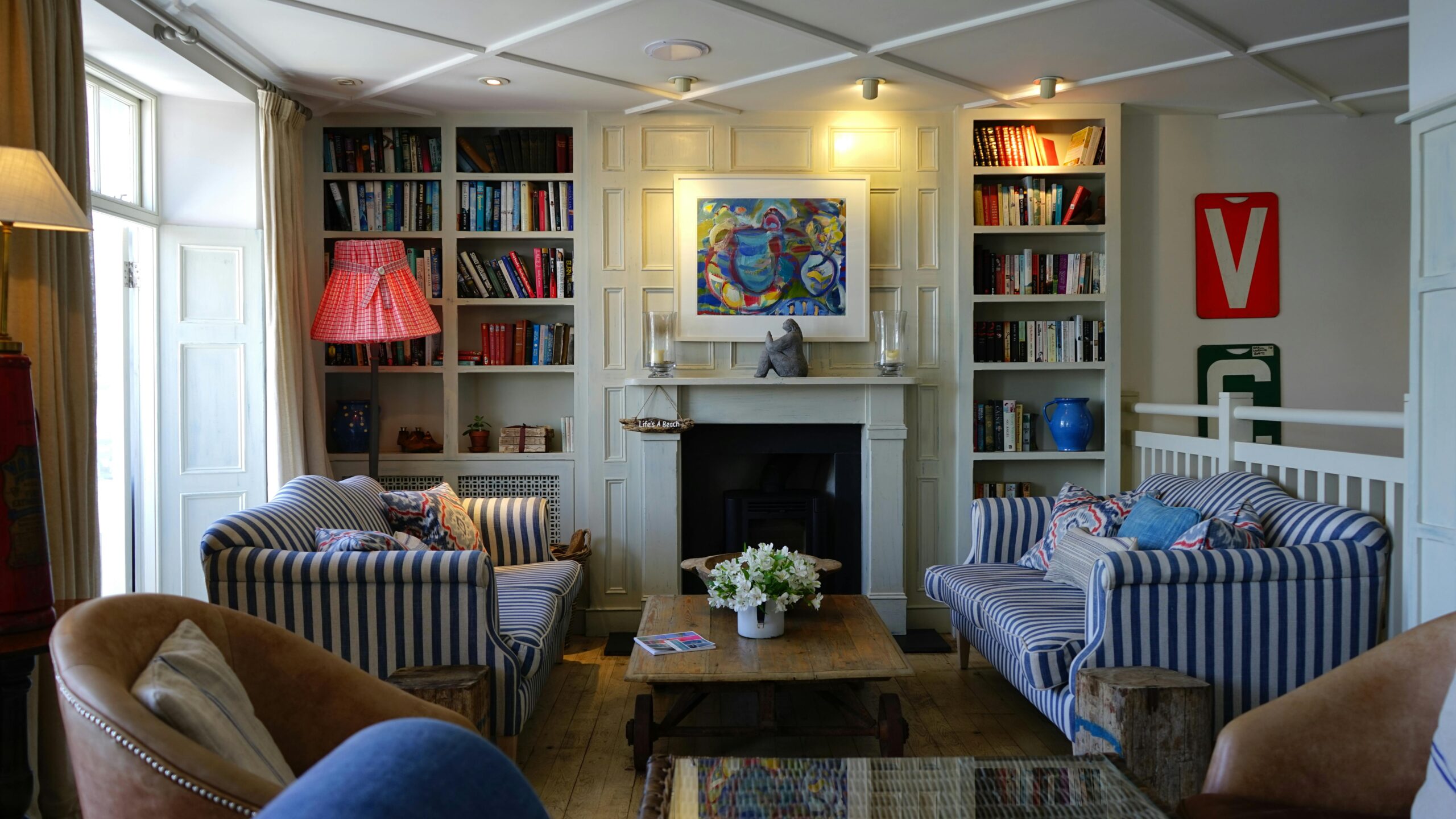Introduction
Lighting is a vital element in any space, playing a crucial role in establishing ambiance, highlighting architectural features, and setting the mood. With a plethora of lighting options available, it’s essential to choose the right fixtures to suit your needs and enhance your home’s aesthetic.
Types of Lighting
There are three primary types of lighting to look for:
- Ambient Lighting: This provides general illumination, creating a soft, even light that serves as the foundation for any room.
- Task Lighting: Focused and practical, task lighting illuminates specific areas for activities like reading, cooking, or working.
- Accent Lighting: This type is used to highlight particular features, such as artwork, plants, or architectural details, adding depth and interest to a space.
Lighting Options
Here are some popular lighting options to consider for your home:
- Chandeliers: A timeless choice, chandeliers add elegance and drama. Available in various styles—from classic to contemporary—they can become a stunning focal point.
- Pendant Lights: Versatile and stylish, pendant lights work well in kitchens, dining areas, or living spaces. They come in many shapes and sizes, allowing for personal expression.
- Recessed Lighting: Sleek and modern, recessed lighting is built into the ceiling, providing unobtrusive general lighting that enhances the room’s architecture.
- Track Lighting: This flexible option allows you to direct light to specific areas. Ideal for artwork or workspaces, track lighting can be customized for various applications.
- String Lights: Fun and whimsical, string lights add a cozy feel to any space. Available in different colors and styles, they’re perfect for both indoor and outdoor settings.
Tips for Choosing the Right Lighting
When selecting lighting for your home, consider the following factors:
- Room Size and Shape: Tailor your lighting choices to the dimensions of the space to ensure effective illumination without overwhelming the area.
- Desired Ambiance: Think about the mood you want to create. Softer lights are ideal for relaxation, while brighter options are better for active spaces.
- Activities: Consider how the room will be used. Task-oriented areas, like kitchens or offices, require focused lighting, while living rooms may benefit from layered lighting for versatility.
- Style: Ensure your lighting choices align with the overall style of your home, enhancing rather than clashing with your décor.
Lighting Design Ideas
Here are some creative lighting design ideas to inspire you:
- Cozy Living Room: Combine ambient and accent lighting using a chandelier or pendant for overall illumination, paired with recessed or track lighting to highlight art or features.
- Glamorous Bedroom: Elevate your bedroom’s elegance with a crystal chandelier as the centerpiece, complemented by bedside lamps for functional lighting.
- Functional Kitchen: Achieve a blend of task and accent lighting with under-cabinet lights for cooking and pendant or recessed lights to showcase countertops and backsplashes.
- Whimsical Child’s Room: Add charm with string lights, creating a playful and cozy atmosphere that sparks imagination.
Conclusion
Lighting is a crucial aspect of home design that can transform a space. By thoughtfully choosing your lighting options, you can create the desired ambiance, accentuate architectural features, and set the mood throughout your home.
Additional Tips
- Use Dimmers: Control the intensity of your lighting for versatile moods.
- Layer Your Lighting: Combine ambient, task, and accent lighting for a balanced and inviting atmosphere.
- Experiment: Don’t hesitate to try different fixtures and styles until you find the perfect combination.
By following these tips, you can design a beautiful and functional lighting scheme that enhances your home’s charm and character.
